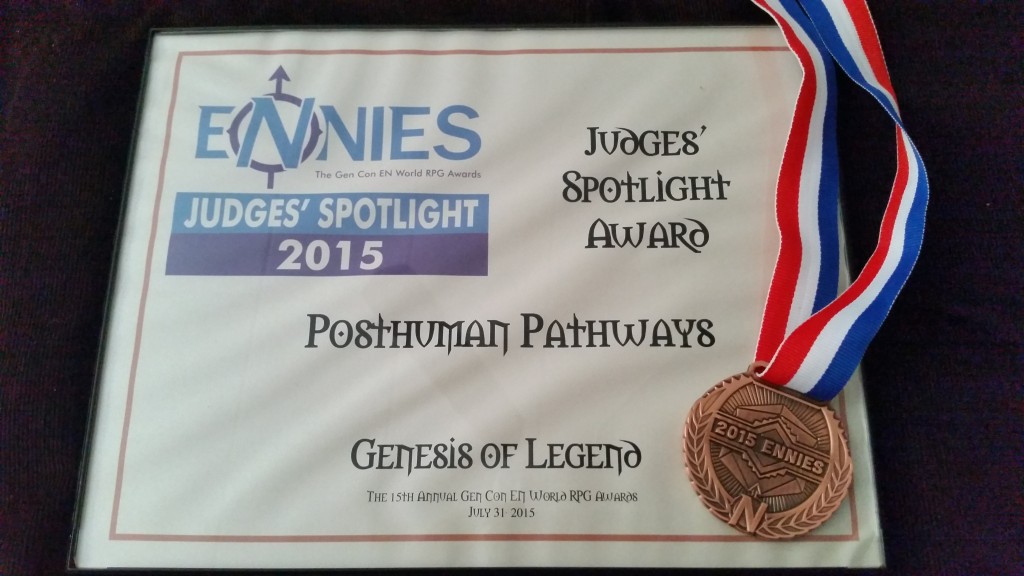Dream Askew
Designed by Avery Mcdaldno and published by Buried Without Ceremony
Available at http://buriedwithoutceremony.com/
Roleplaying games have a power in them. They invite you to embody the lives of others and discover what challenges others face. They allow peoples to express facets of their own identity in the safe companionship of friends. They foster greater understanding in a multitude of ways. Dream Askew, from Avery Mcdaldno, does all these things and more.
On the surface, the game seems to be a simple derivation of the classic Apocalypse World. Avery had done a great deal of design in that space with projects including the amazing game Monsterhearts as well Simple World. Avery gives a compelling pitch for the game on what makes this particular iteration different from the core conceit of Apocalypse World:
Imagine that the apocalypse didn’t happen everywhere at the same time. Instead, it happened in waves. It’s still happening in waves. You were hit recently. You’ve fallen out of the society intact. You’ve found others who you can relate to, and you’ve banded together with them to form a queer enclave. Gangs roam the apocalyptic rubble, and scarcity is becoming the norm. And just beyond our everyday perception, howling and hungry, there exists a psychic maelstrom.
Dream Askew is a game about post-apocalyptic lives. It’s a game that queers the post-apocalyptic genre, exploring how the apocalyptic process could impact our sexuality, genders, livelihoods, experiences of marginalization, and experiences of liberation.
On first glance, it seems only to drift or a reskinning of the core game to enrich the queer elements of the setting. It’s only upon peering into the game in more detail that the true brilliance begins to shine.
As a player, it’s a fascinating experience. It’s a consensual game design from its core, giving the participants plenty of options and encouragement to create messy situations but allowing them to opt-in. If something diverges from the desires of the participants, each of them has “win buttons” that allow them to overcome those obstacles. The very nature of the system encourages communal decision making, watching other people’s boundaries, and taking care of the other people at the table.
It is a GM’ful game design, with each player portraying one main character and one situation – an aspect of the setting. One person may be “The Tiger”, the badass individual who leads a gang to defend their people and seize what the community needs. That player could also portray the Psychic Maelstrom situation, controlling this antagonistic force against their fellow players. Avery gives guidance on which situation elements are directly tied to each of the playbooks, so that you avoid having the Tiger controlling their own gang. Considering the strong GM focus of game powered by the apocalypse, this is fascinating.
It is a diceless game design, with a series of different fictional moves available which are custom-designed to fit each individual playbook. These moves are classified in three different tiers of effectiveness. Strong Moves are potent victories and solutions to problems, and you must spend a token each time you use them. The Tiger might have a strong move of “Say the right thing to extinguish someone’s fear and bolster their confidence” or “Calmly watch on as your gang reacts for you”. Normal Moves are mixed results that continue the action or change the situation without resolving things, not requiring or providing a token. A Normal move might be “Take action, leaving yourself vulnerable” or “React by drawing a weapon”. Weak Moves provide you one token each time you use them, and these almost always cause trouble/drama for the character. Example weak moves could be “Trigger the memory of a past trauma” or “Ask ‘Which character’s motives should I second-guess right now’”.
It’s functionally a beautiful, diceless, Gm’less mix of Apocalypse World and Fate Core. I encourage all designers to explore Avery’s magnum opus at the link above.


 pent Youth (2010)
pent Youth (2010)
